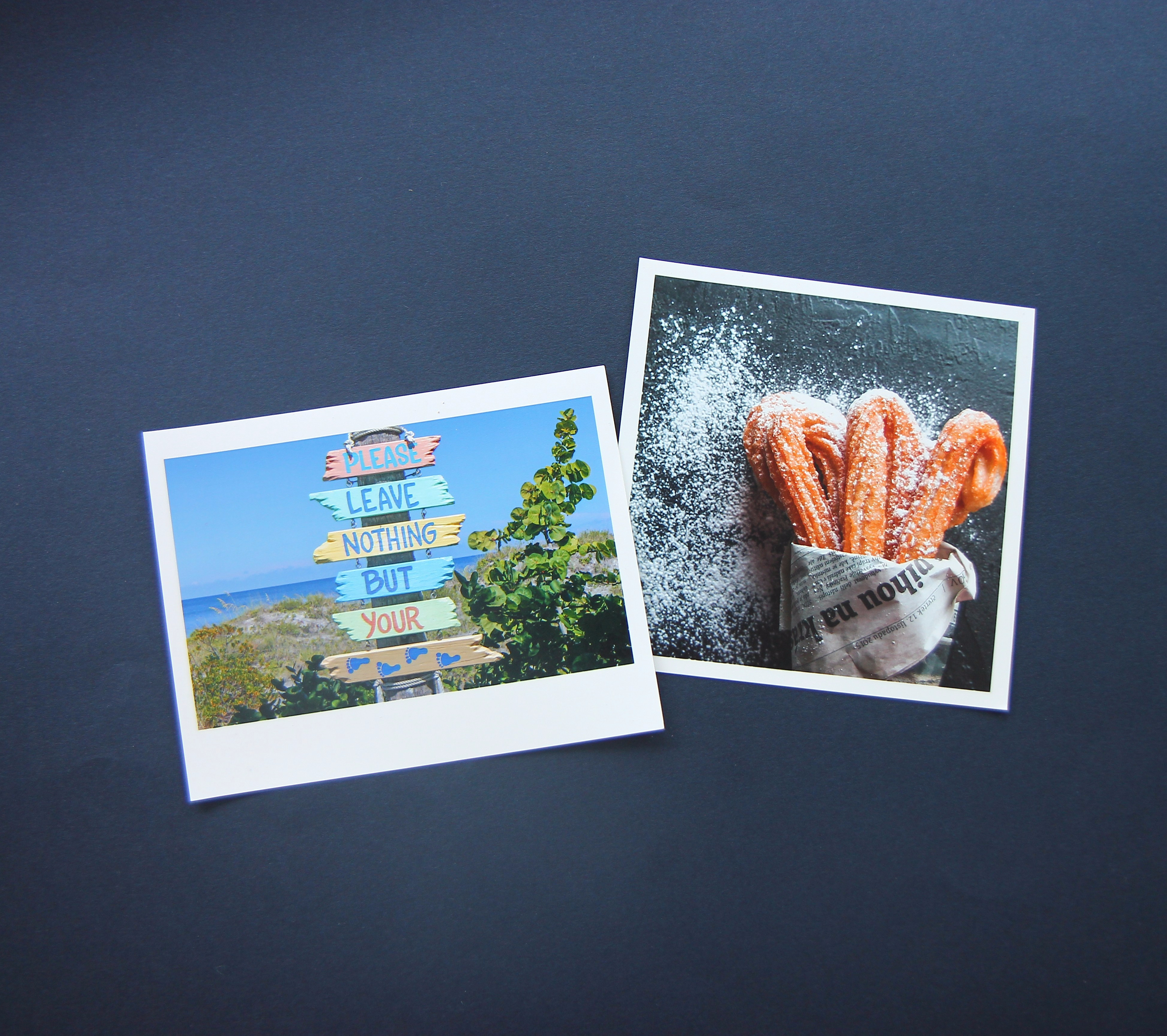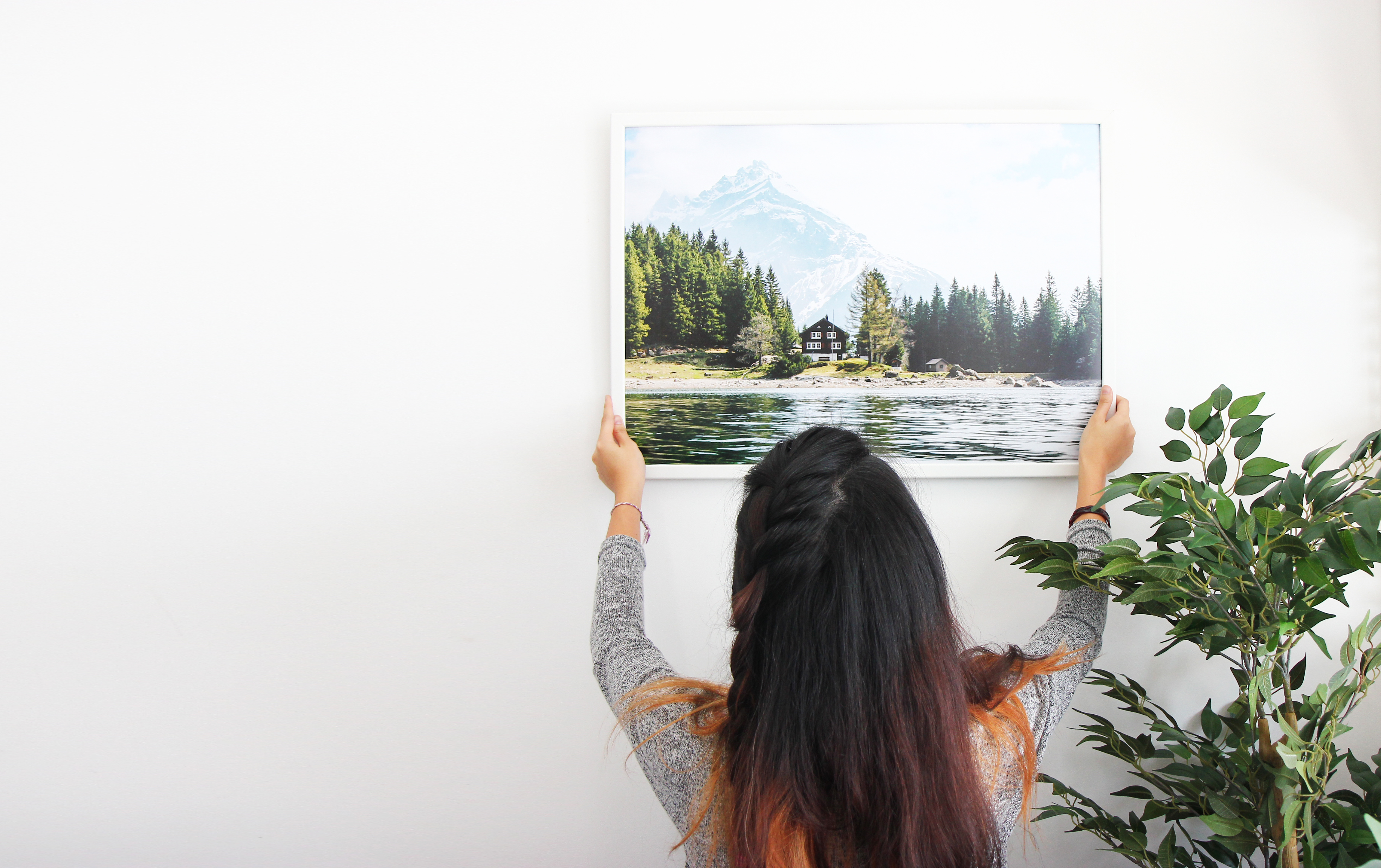To most amateur and family photographers, the quality photo papers don’t really matter. At most, we would ask for the “clearest” photo – after all, we care about our photos, not all the technical jargon behind it!
In reality, however, the type of photo paper matters and a wrong decision might just haunt you in a few years’ time! That’s why we’d like to introduce you to the most common paper finishes: glossy, semi-gloss and matte.
At first glance, these terms don’t sound very foreign. At least, we would have a rough idea of what glossy means.
“Glossy is just that high-quality reflective paper, right? Then semi-gloss… the same, but less reflective of course! Matte… what’s matte?”
And here is where we’re clueless. But no worries – we’re here to help!
Glossy Finish
Glossy paper is straightforward: it’s very smooth and reflective, somewhat like how a smartphone screen is like when it comes out of the box. It gives the photo a very sharp and vibrant look, almost as if it were higher quality than the original photo itself! Glossy paper is commonly used for modern, everyday photos.
However, there’s another side to this. Have you ever attempted to take a glossy card or photo out of a photo album or wallet, then realise that it’s really difficult to remove? That’s the problem with glossy finishes – they tend to stick to other surfaces, especially glass and plastic. Sometimes, you might even find two glossy surfaces sticking to each other – and when you pull them apart, you find their colours blended together!
Glare is also an issue – images aren’t easily visible in a bright environment. This becomes a bigger problem when you place glossy photos up on a glass frame – a double reflection can look very weird! This picture speaks a thousand words:

Matte Finish
Whereas, matte is the opposite of glossy. Matte finishes are smooth, but less so compared to glossy. This also means that it’s non-glare, as it doesn’t reflect as much light. Fingerprints are virtually unnoticeable on matte surfaces.
However, the colours on matte appear dull and aren’t exactly striking to the eye. You can see this difference by comparing a smooth screen protector to a rough screen protector – the smoother one looks a lot clearer than the rougher one, doesn’t it?
To many, matte would seem unattractive due to its less vivid colour – but matte doesn’t stick to surfaces very easily, making it suitable for photos that you want to keep in albums for centuries to come.

Semi-gloss Finish
What about semi-gloss? Semi-gloss, better known as luster finish, is a mix of matte and glossy. It has a slight gloss, and appears a lot more vivid and deeper than matte. It’s also anti-glare, maintaining a beautiful look even when exposed to sunlight. Fingerprints aren’t as visible as well. Simply put, semi-gloss puts the best elements of matte and glossy together.
Semi-gloss is usually used for high-quality printing, such as large photographs to be framed up on a wall. That’s why our premium prints and posters are done on semi-gloss paper: they’re professional prints and we want it to look perfect!
But what’s the downside to semi-gloss? After all, everything points to semi-gloss. Unfortunately, semi-gloss prints aren’t offered for all prints – just for the best.

So which one is better?
Semi-gloss is certainly better than typical matte and glossy finishes in most cases, and it goes well on framed photographs with vibrant colours. However, the difference between matte and glossy is up to personal preference and situation. If you want a clear and colourful look for casual, everyday photos – go glossy! Whereas, matte is your best bet when you want a classic-looking photo, such as family photos to place in your wallet.

You must be logged in to post a comment.